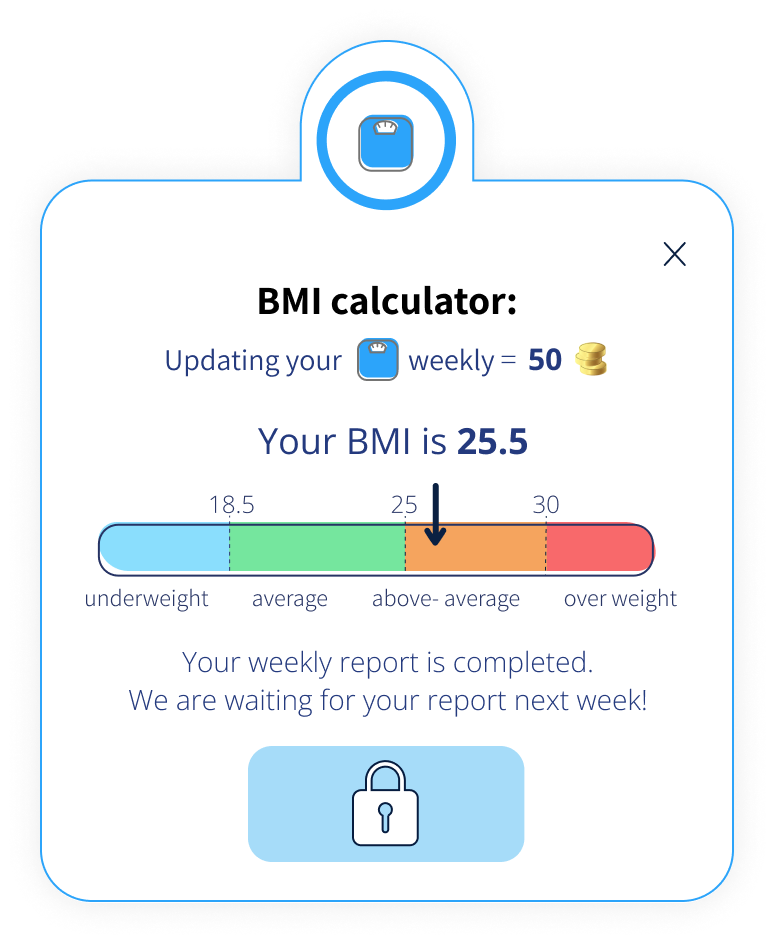BMI
BMI, or Body Mass Index, is a numerical value derived from a person’s height and weight. It serves as an indicator of body fat and is commonly used to assess whether an individual falls into categories such as underweight, normal weight, overweight, or obese.
Calculating BMI involves a formula that incorporates both weight and height. To calculate BMI, the formula is: BMI = weight (kg) / height (cm). This involves dividing an individual’s weight in kilograms by their height in centimeters.
Each numerical value in BMI carries significance, representing different weight categories. Understanding these categories helps individuals and healthcare professionals gauge the potential health implications of a person’s weight.
The significance of each BMI number lies in its categorization of body weight.
A BMI below 18.5 indicates underweight, suggesting potential health risks related to insufficient body mass.
A BMI between 18.5 and 24.9 is considered normal weight, reflecting a balanced body composition associated with overall health.
A BMI in the range of 25 to 29.9 signifies overweight, indicating an increased risk of health issues.
A BMI of 30 or above falls into the obese category, pointing to a higher likelihood of obesity-related health concerns.
Understanding these ranges helps individuals and healthcare professionals assess and address potential health implications associated with body weight.
Our application requests two essential parameters from users: height and weight. These factors, combined with the calculated BMI, contribute to a comprehensive assessment of an individual’s health status.

